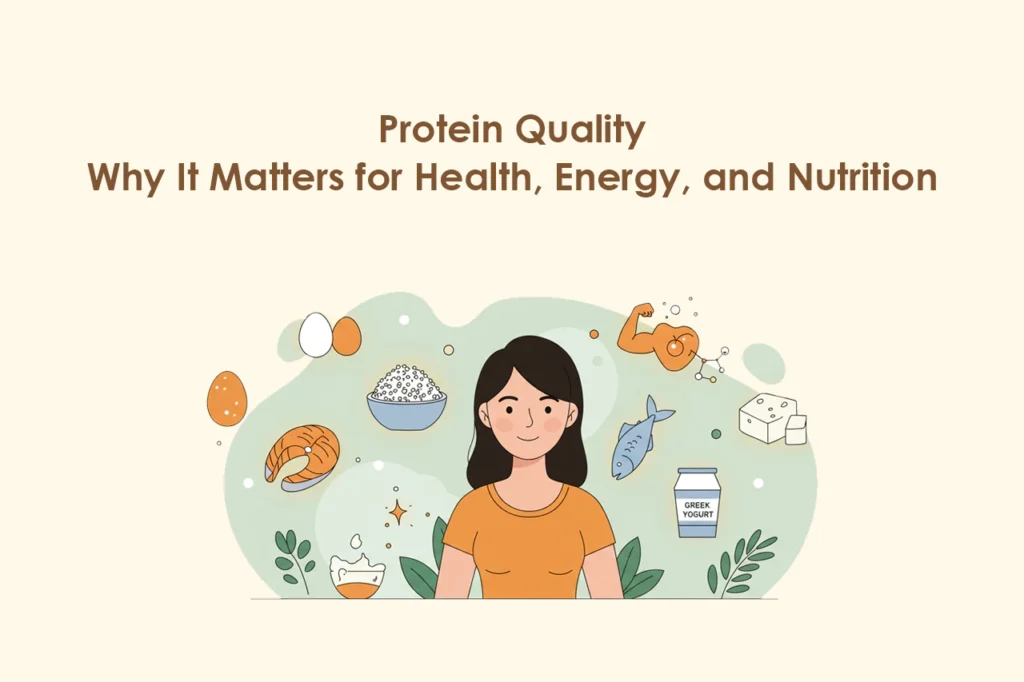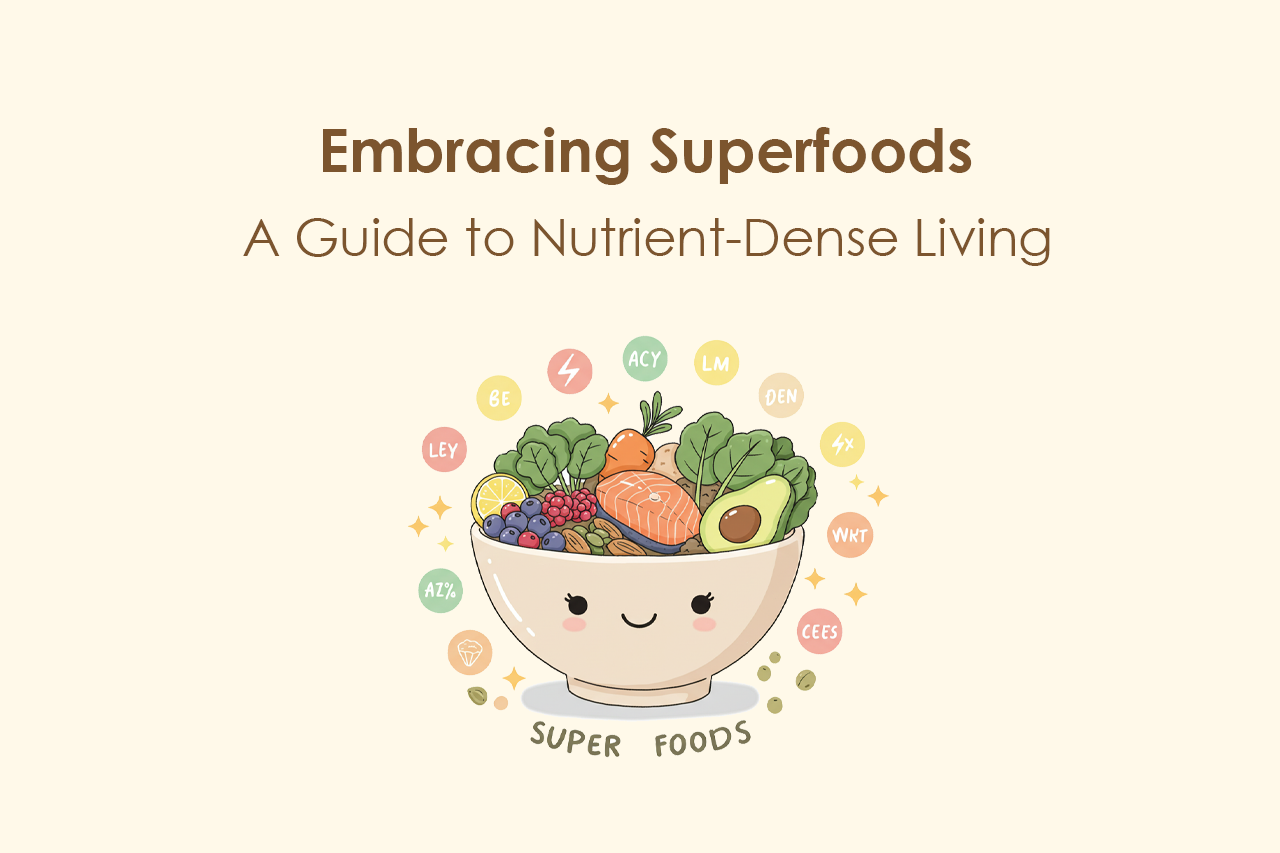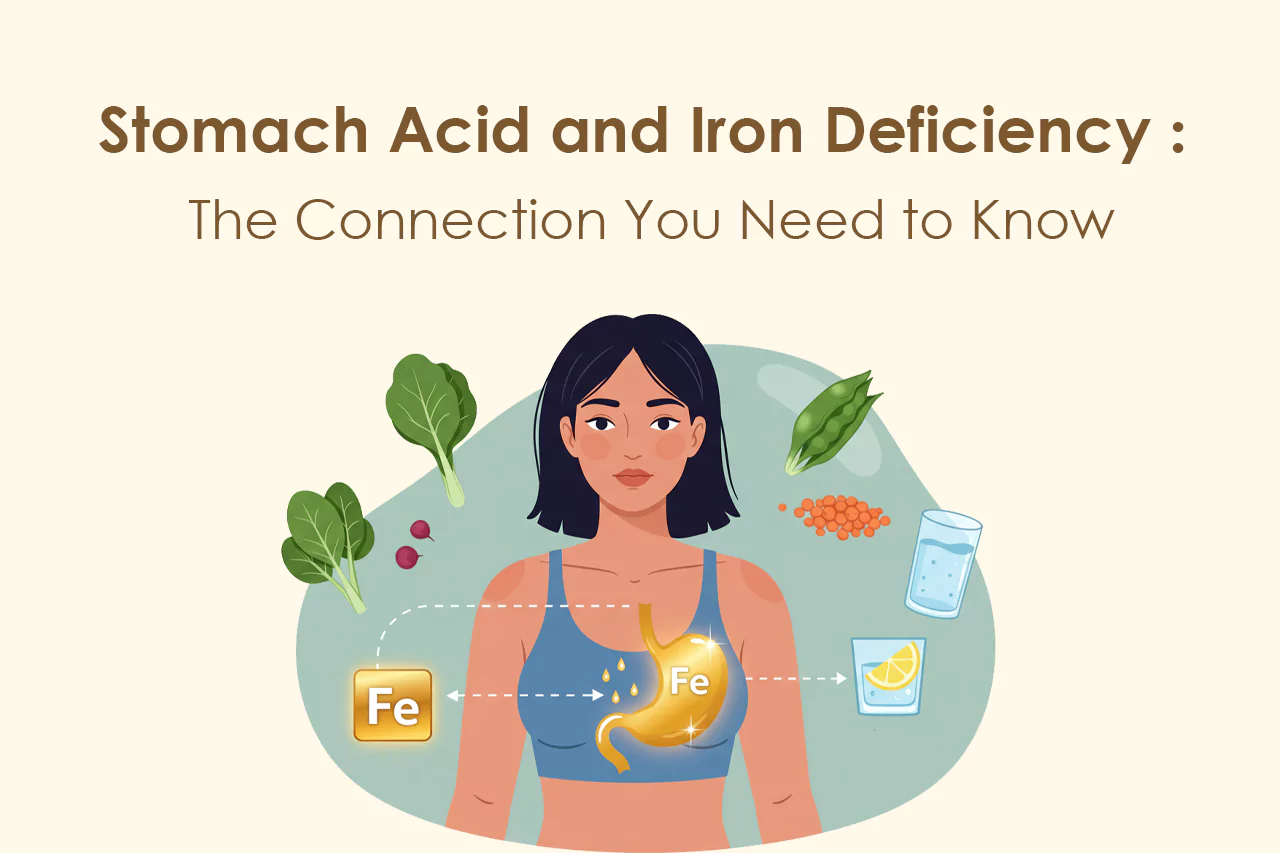Introduction
When we talk about protein, most of the conversation revolves around how much we consume. But the true value of protein lies not only in quantity, but in quality how efficiently our body can absorb, utilize, and benefit from it. Protein plays a central role in tissue repair, hormone production, enzyme activity, and immune function.
Understanding the quality of the protein you consume can help you make better dietary decisions, especially if you follow a plant-based or predominantly whole-food diet. In this article, we explore what defines protein quality, how different sources compare, and how to build complete, nourishing meals with high biological value proteins.
Complete vs. Incomplete Proteins
Proteins are made of building blocks called amino acids. Out of the 20 amino acids that exist, 9 are considered essential, meaning the body cannot produce them on its own. These essential amino acids must be obtained from food.
Protein sources fall into two main categories:
- Complete Proteins
- These contain all 9 essential amino acids in the right proportions. They are commonly found in animal-based foods such as eggs, fish, poultry, dairy, and meat. A few plant-based foods like soy and quinoa also offer complete amino acid profiles, making them valuable staples in vegetarian diets.
- Incomplete Proteins
- These are missing one or more essential amino acids. Many plant-based proteins fall into this category, including grains such as rice, corn, and wheat, and legumes such as lentils, peas, and beans. However, their value should not be underestimated. They provide fiber, minerals, and plant compounds along with protein.
Eating incomplete proteins is not a problem if your diet includes a variety of plant-based foods throughout the day. The key is understanding how to combine them effectively.
Why Protein Combining Works
Protein combining, also called complementary protein pairing, is the practice of eating two or more plant-based foods together to form a complete amino acid profile. Each food contributes different amino acids, and when paired well, they complement each other.
This approach is deeply rooted in traditional eating patterns around the world.
By combining grains with legumes or nuts and seeds, you can ensure your meal contains all nine essential amino acids. This is especially helpful for people who avoid or limit animal-based foods and want to support their bodies with high-quality protein.
Protein Digestibility: More Than Just Absorption
Digestibility refers to how efficiently the body can break down protein into individual amino acids, absorb them through the small intestine, and transport them to cells for use in building tissues, enzymes, neurotransmitters, and immune components.
Factors That Influence Digestibility
- Protein Structure
- Proteins vary in structure, and more compact or tightly folded proteins can be harder for digestive enzymes to break apart. Animal proteins tend to have a structure that is more compatible with human enzymes, allowing quicker breakdown and absorption.
- Anti-Nutrients in Plants
- Certain compounds in plant foods, such as phytates, lectins, and trypsin inhibitors, can bind to amino acids or digestive enzymes, reducing the availability of protein. These compounds are not harmful in moderate amounts and can even have protective effects, but they do interfere with digestion.
- Food Preparation Methods
- Soaking, sprouting, fermenting, and thorough cooking significantly reduce anti-nutrient content. For example, soaking lentils for 8–12 hours and discarding the water before cooking can improve protein availability. Fermented foods like tempeh or sourdough also show higher digestibility than their unfermented counterparts.
- Presence of Fiber
- While fiber supports gut health, excess insoluble fiber can reduce protein digestibility by accelerating intestinal transit time, giving the body less time to absorb nutrients.
Comparing Protein Quality: BV, PDCAAS, and DIAAS
Measuring protein quality is complex. It’s not only about what’s in the food, but what your body can use. Three major scoring systems are used to evaluate this:
1. Biological Value (BV)
This measures the proportion of absorbed protein that is retained and used for growth, repair, and maintenance. A score of 100 means full utilization. Examples:
- Egg: 94
- Fish: 80
- Meat: 70
- Soy: 74
- Wheat: 54
2. Protein Digestibility Corrected Amino Acid Score (PDCAAS)
Developed by the FAO and WHO, this method adjusts amino acid scores by actual digestibility. Scores are capped at 1.0 (or 100%). Examples:
- Casein (milk protein): 1.0
- Soy: 1.0
- Chickpeas: 0.78
- Lentils: 0.70
- Whole wheat: 0.43
3. Digestible Indispensable Amino Acid Score (DIAAS)
A more recent and accurate method that evaluates each amino acid separately in the ileum (end of the small intestine). Unlike PDCAAS, it does not cap the score, and may better reflect how the body uses protein in real food conditions.
- Whey: >1.10
- Soy isolate: ~0.90
- Kidney beans: ~0.60
- Quinoa: ~0.83
Key Insight:
Animal proteins tend to score higher due to better amino acid profiles and higher digestibility, but well-combined plant proteins like legumes with grains can still provide excellent nutritional quality, especially when meals are diverse and balanced.
Animal vs. Plant Proteins: Functional and Structural Differences
Structural Differences
Animal proteins are more similar to human tissue, containing complete amino acid patterns in proportions needed for tissue repair and immune function. This gives them a natural advantage in recovery and growth.
Plant proteins are often lower in one or more essential amino acids (especially lysine or methionine), which can limit their capacity for protein synthesis unless complemented with other foods.
Functional Differences
Plant proteins bring added benefits, such as:
- Phytochemicals with antioxidant properties
- No cholesterol or saturated fat
- Fiber content that supports the microbiome
These attributes make plant proteins essential in chronic disease prevention, despite their lower scores in BV or PDCAAS.
Traditional Dishes and Protein Quality: A Nutritional Perspective
Many traditional cuisines have mastered the art of combining plant-based ingredients in a way that creates complete protein meals. These combinations were not based on nutrition textbooks, but on generations of lived experience and cultural wisdom. Modern science now confirms that these food pairings provide all essential amino acids, making them nutritionally complete.
Here’s a closer look at a few culturally rooted dishes and their protein profiles:
1. Mujadara (Middle East)
Made with rice, lentils, and caramelized onions, Mujadara is a perfect example of a complete protein from plants. Lentils are high in lysine but lower in methionine, while rice is the opposite. Together, they provide a complete amino acid profile. In addition to protein, this dish offers fiber, iron, and slow-digesting carbs, making it ideal for steady energy and satiety.
2. Beans and Corn (Latin America)
Whether in the form of black beans with corn tortillas or tamales with pinto beans, this combination is a staple in Latin American diets. Corn is low in lysine but high in methionine, and beans fill the opposite gap. This pairing not only completes the amino acid puzzle, but also delivers magnesium, folate, and fiber.
3. Chickpeas with Couscous (North Africa)
Couscous, a wheat-based grain, combined with chickpeas, creates a balanced protein profile. This dish is rich in iron, selenium, and B-vitamins. When served with vegetables or olive oil, it becomes a nourishing, well-rounded meal.
4. Hummus and Pita Bread (Levantine Region)
Chickpeas and tahini (sesame paste) are combined to make hummus, which is commonly eaten with wholegrain pita bread. Chickpeas and sesame seeds complement each other in amino acid content. When paired with bread, this meal supports blood sugar balance and digestive health.
5. Peanut Butter and Wholegrain Bread (North America)
Although often seen as a snack, this classic combination brings together legume-based fat and protein (peanut) with the amino acid richness of wholegrains. It’s easy, accessible, and nutrient-dense, especially when made with natural ingredients.
Practical Takeaway: Applying These Combinations
The key message here is that protein quality doesn’t have to come from animal sources. With thoughtful pairing, plant-based meals can fully support growth, energy, and tissue repair.
The World Health Organization and Harvard School of Public Health both emphasize the value of incorporating legumes, grains, and nuts into the daily diet — not just for protein, but also for their role in preventing cardiovascular disease, supporting digestive health, and reducing inflammation.
Combining these ingredients in meals, especially in their minimally processed forms, provides not only high-quality protein but also:
- Diverse fiber types that support the microbiome
- Phytonutrients that protect cells from oxidative stress
- Minerals such as iron, magnesium, and potassium
- Sustained satiety, reducing cravings and overeating
Final Thoughts: Protein Quality Is About More Than Just Numbers
Protein is not just a macronutrient; it’s a biological necessity. But understanding how your body absorbs, processes, and utilizes that protein makes all the difference.
Whether you choose animal-based proteins, plant-based sources, or a mix of both, the goal is the same: to provide your body with all essential amino acids in forms it can digest and use efficiently. While animal proteins are generally higher in biological value and digestibility, well-planned plant-based meals can be equally nourishing, especially when they include complementary combinations of grains, legumes, nuts, and seeds.
Traditional dishes like Mujadara are beautiful examples of how cultural wisdom aligns with modern science. These meals are not just comforting and accessible, but they also deliver full-spectrum nutrition — naturally.
By focusing on diversity, pairing, and preparation methods, you can unlock the full value of your protein sources. This approach not only supports muscle repair and immune function, but also promotes long-term health, energy balance, and sustainable eating.





